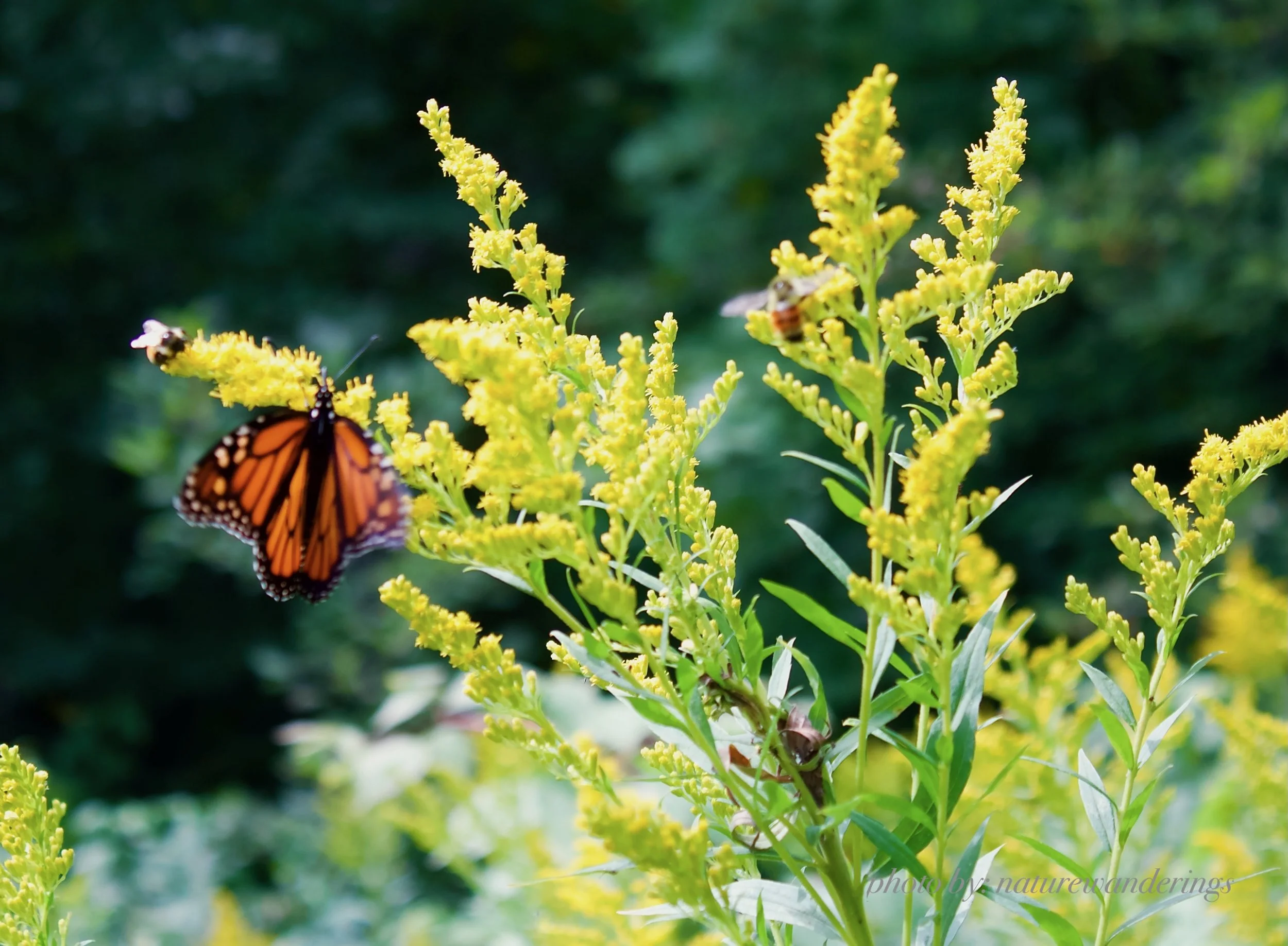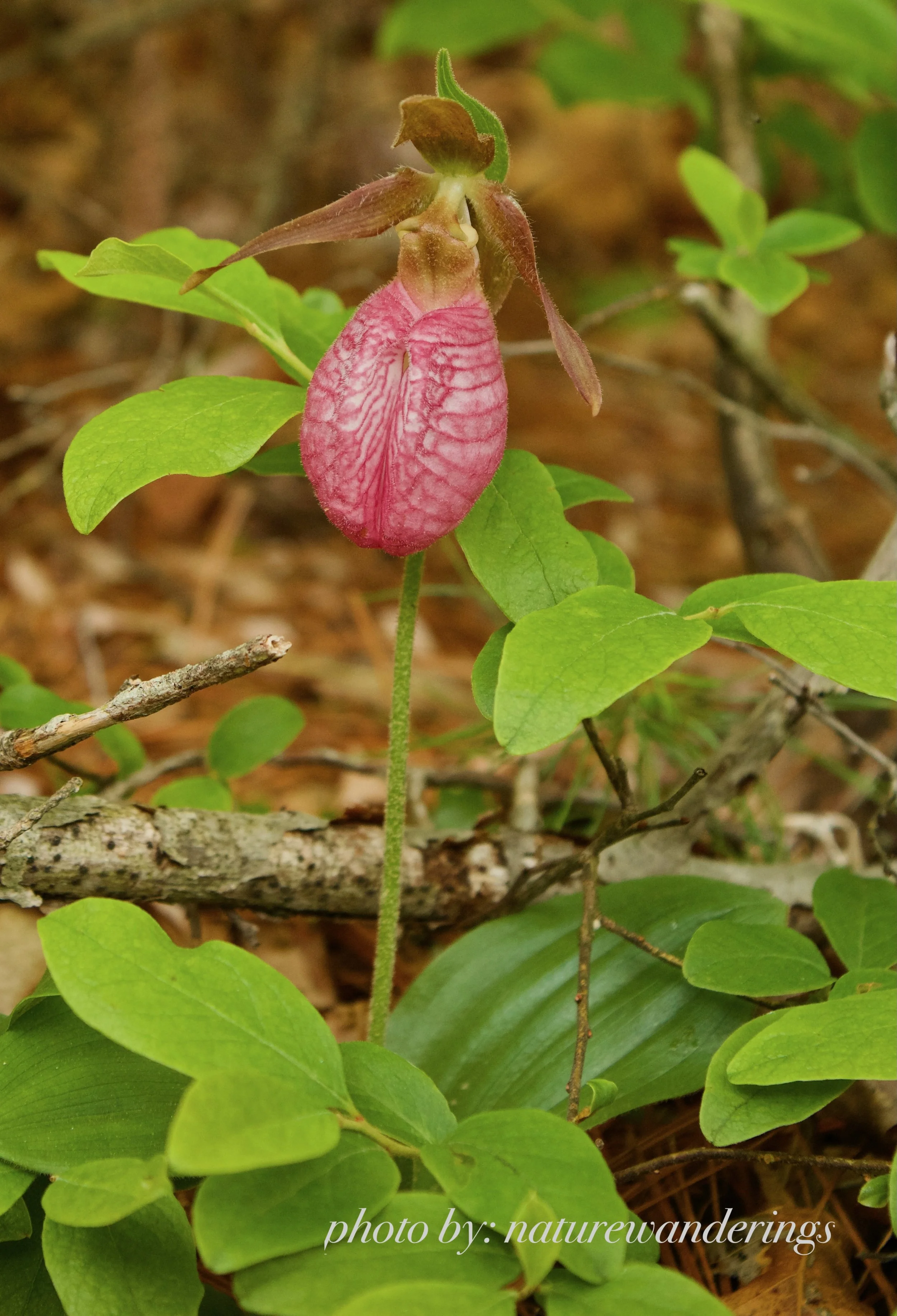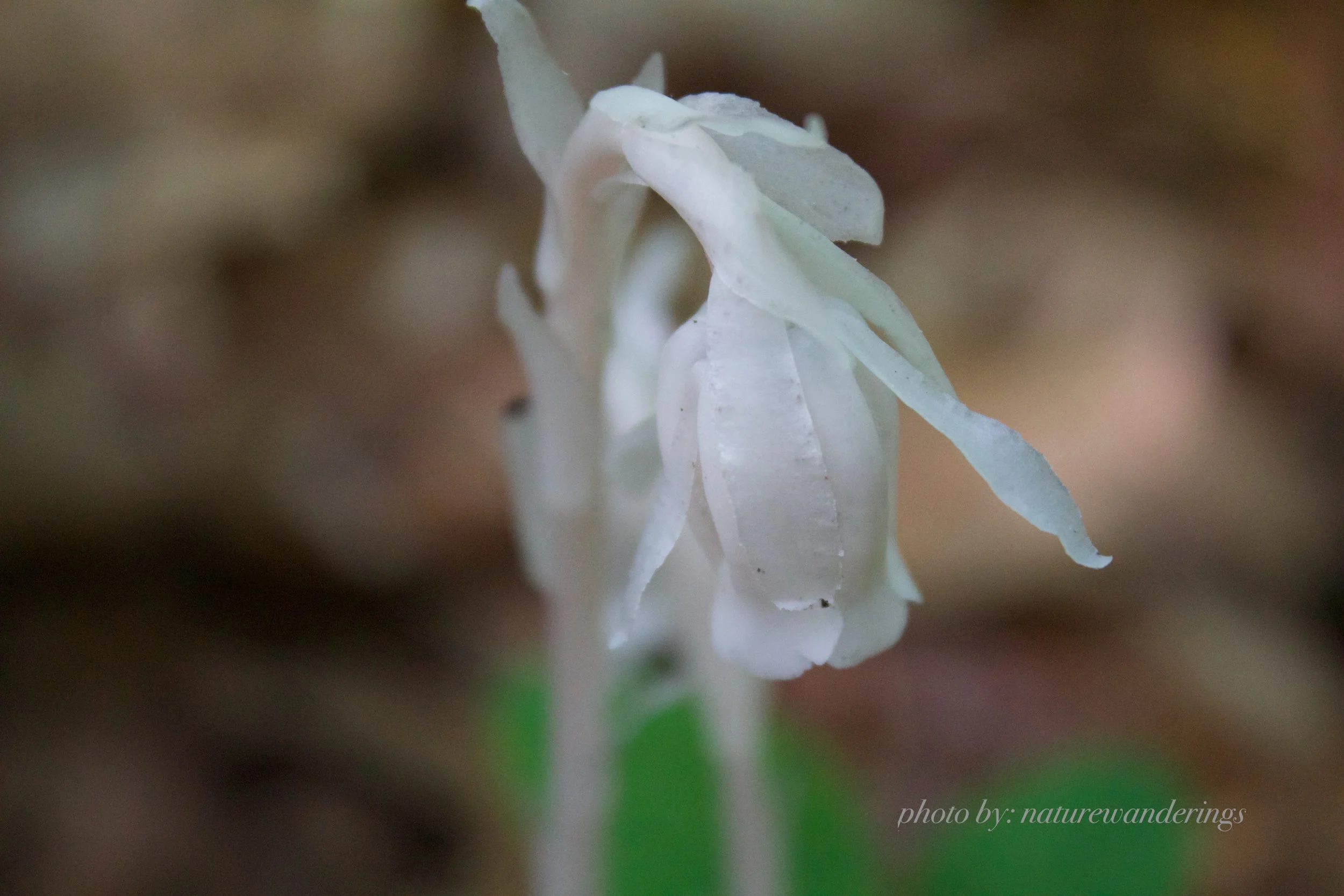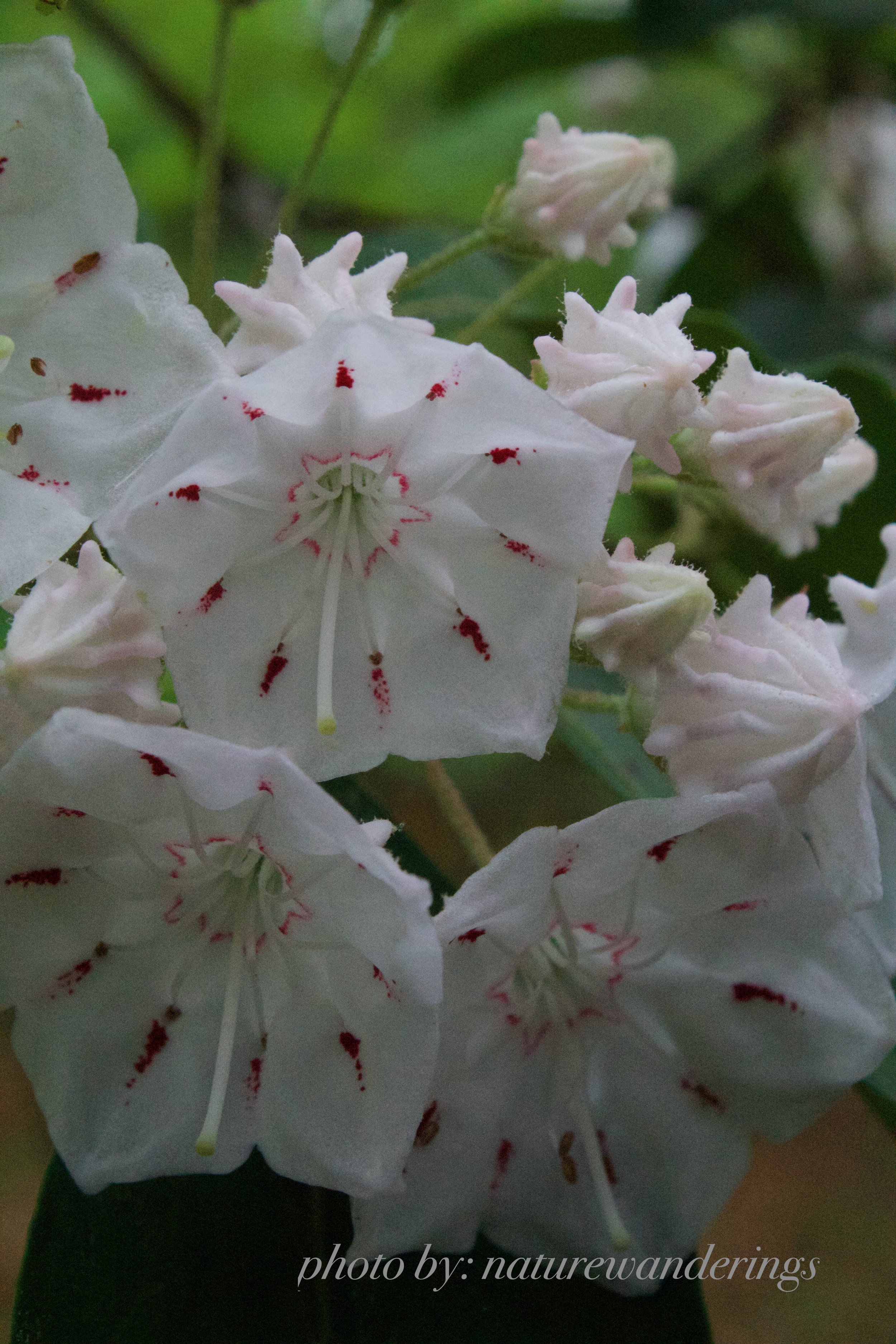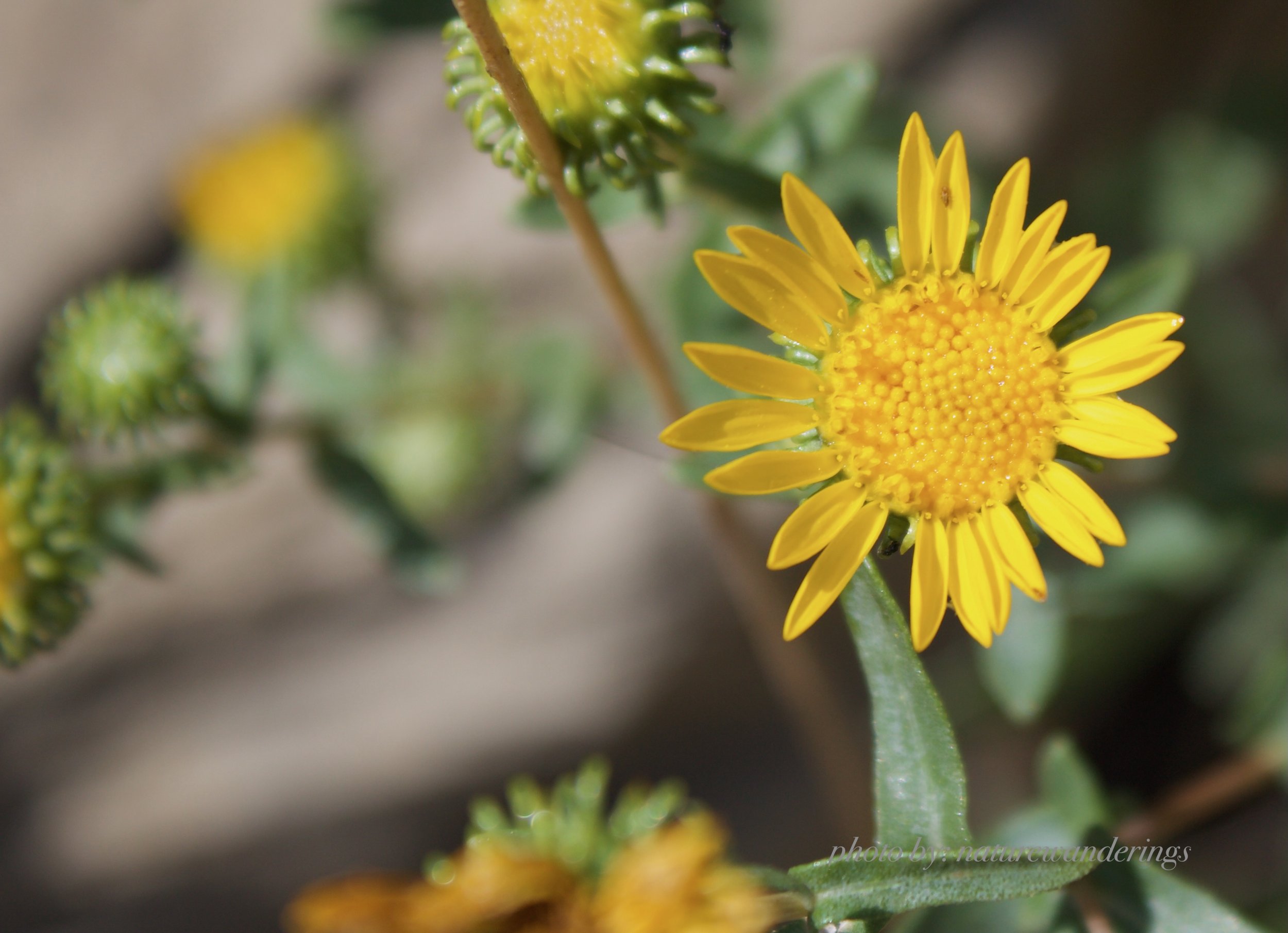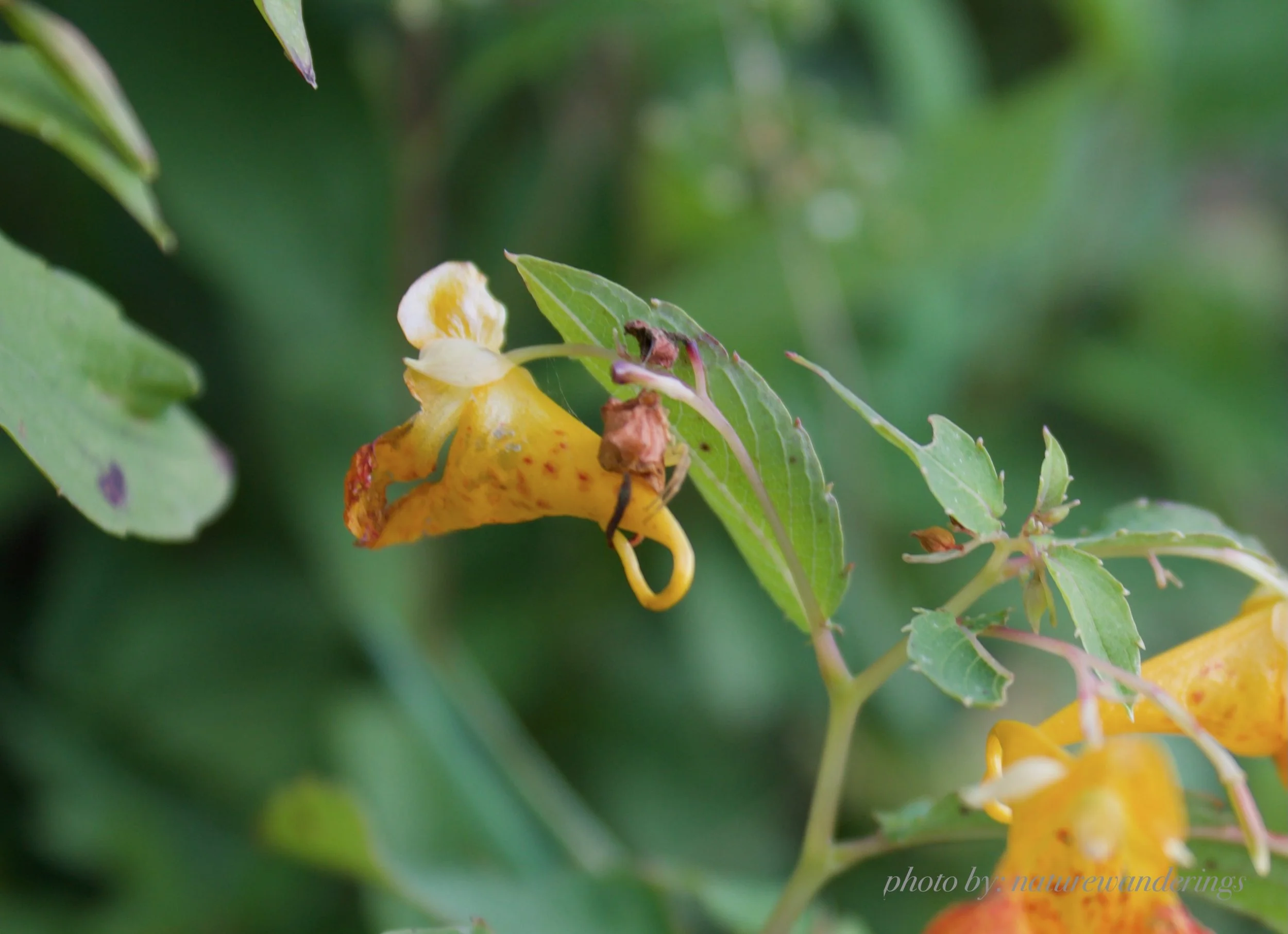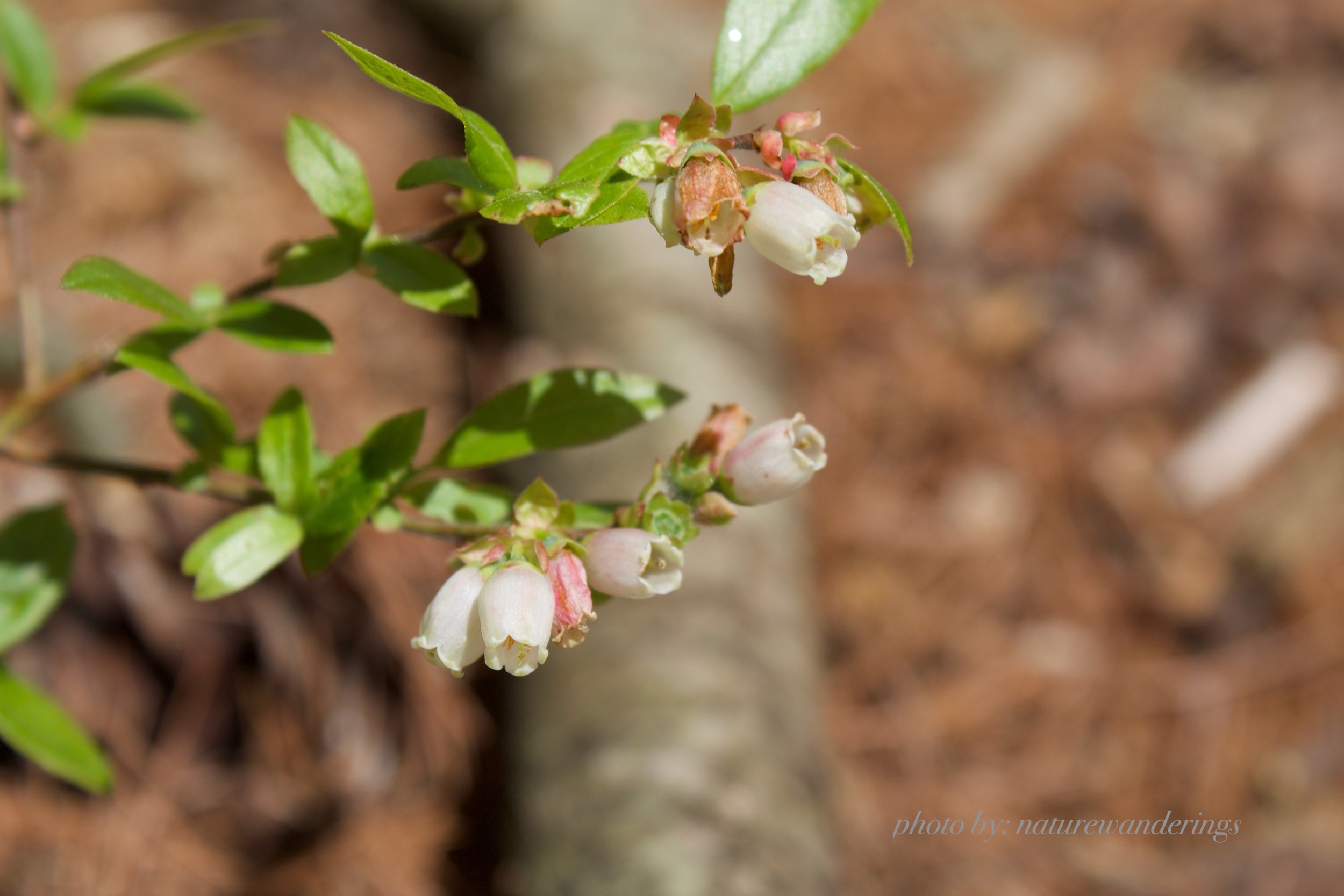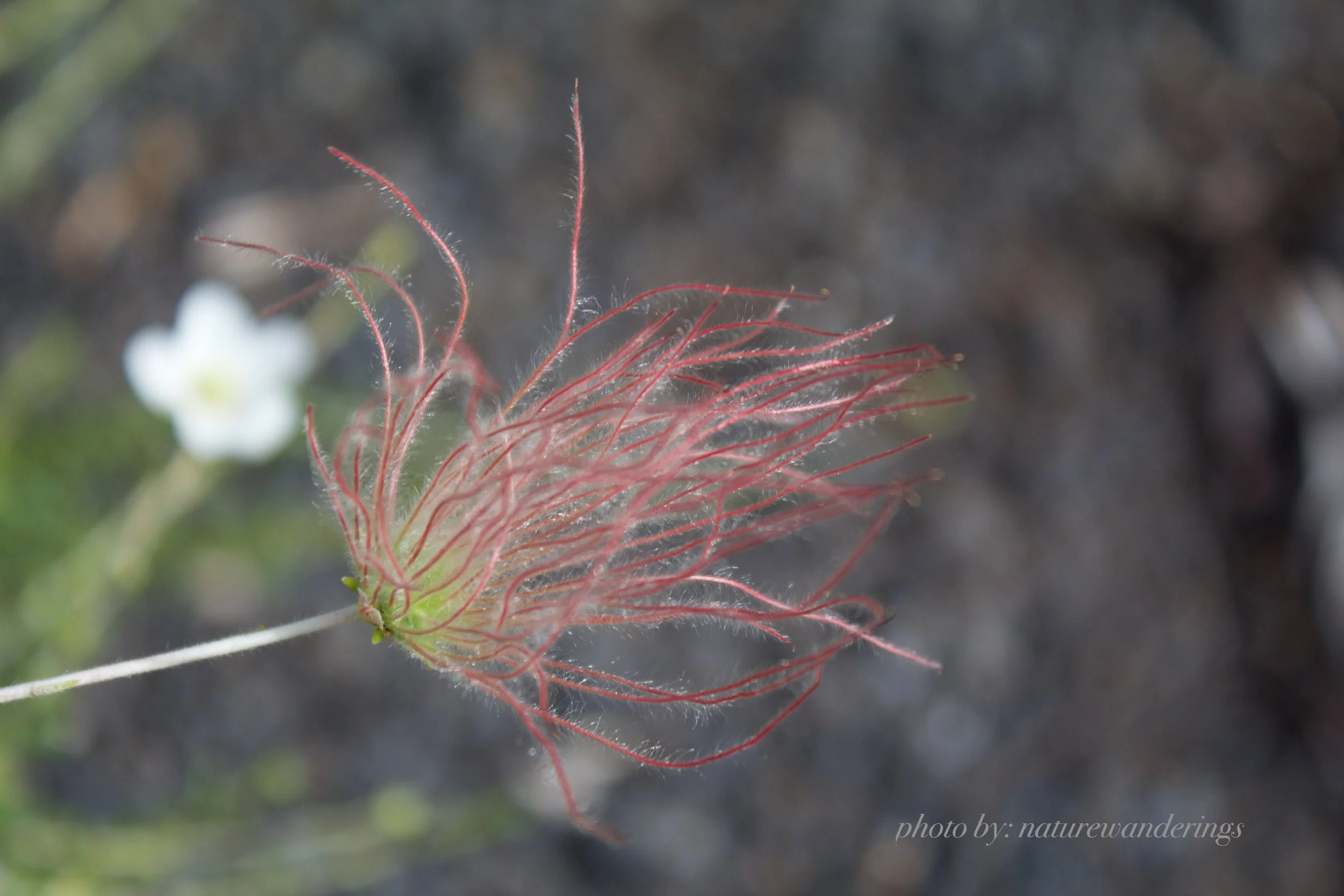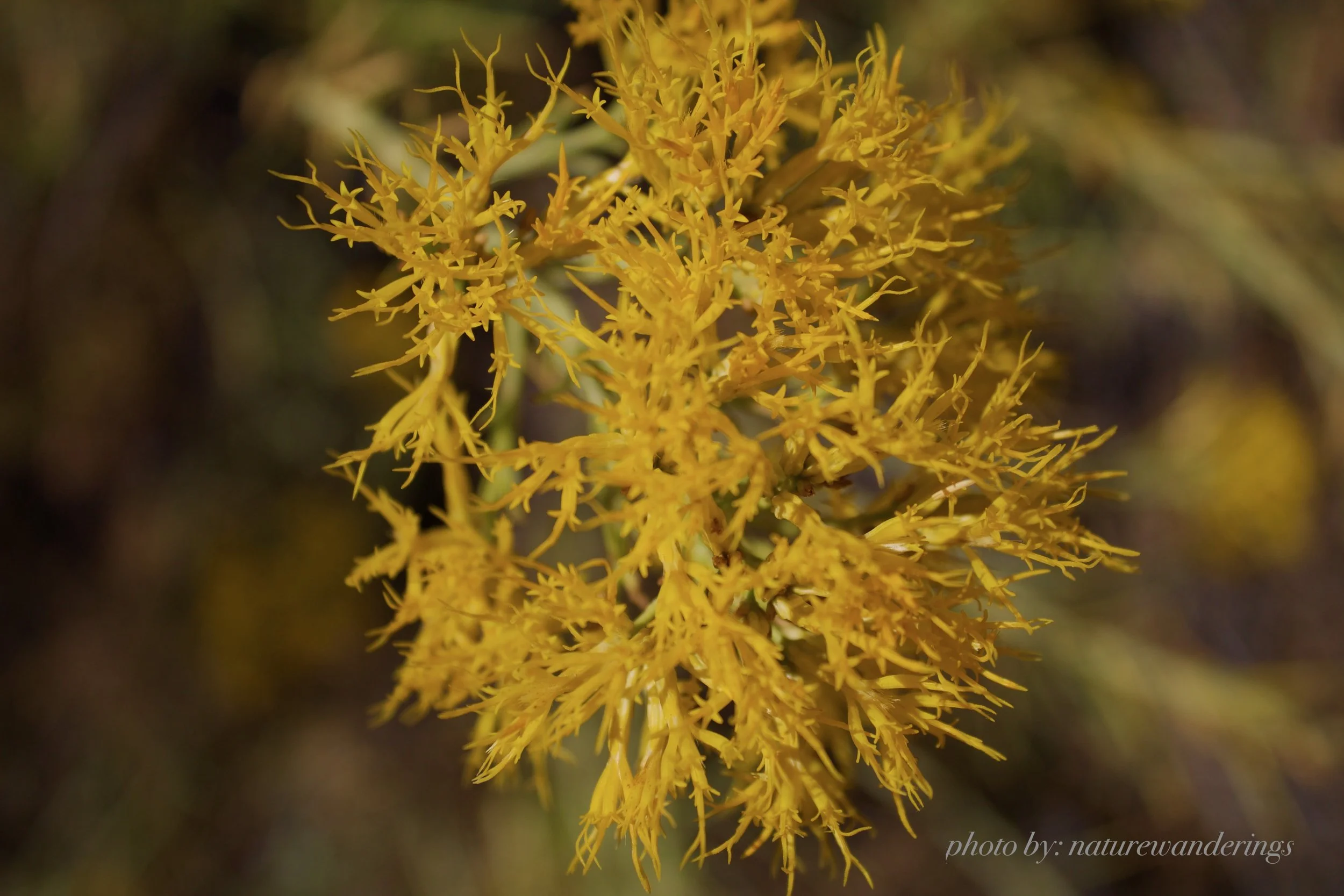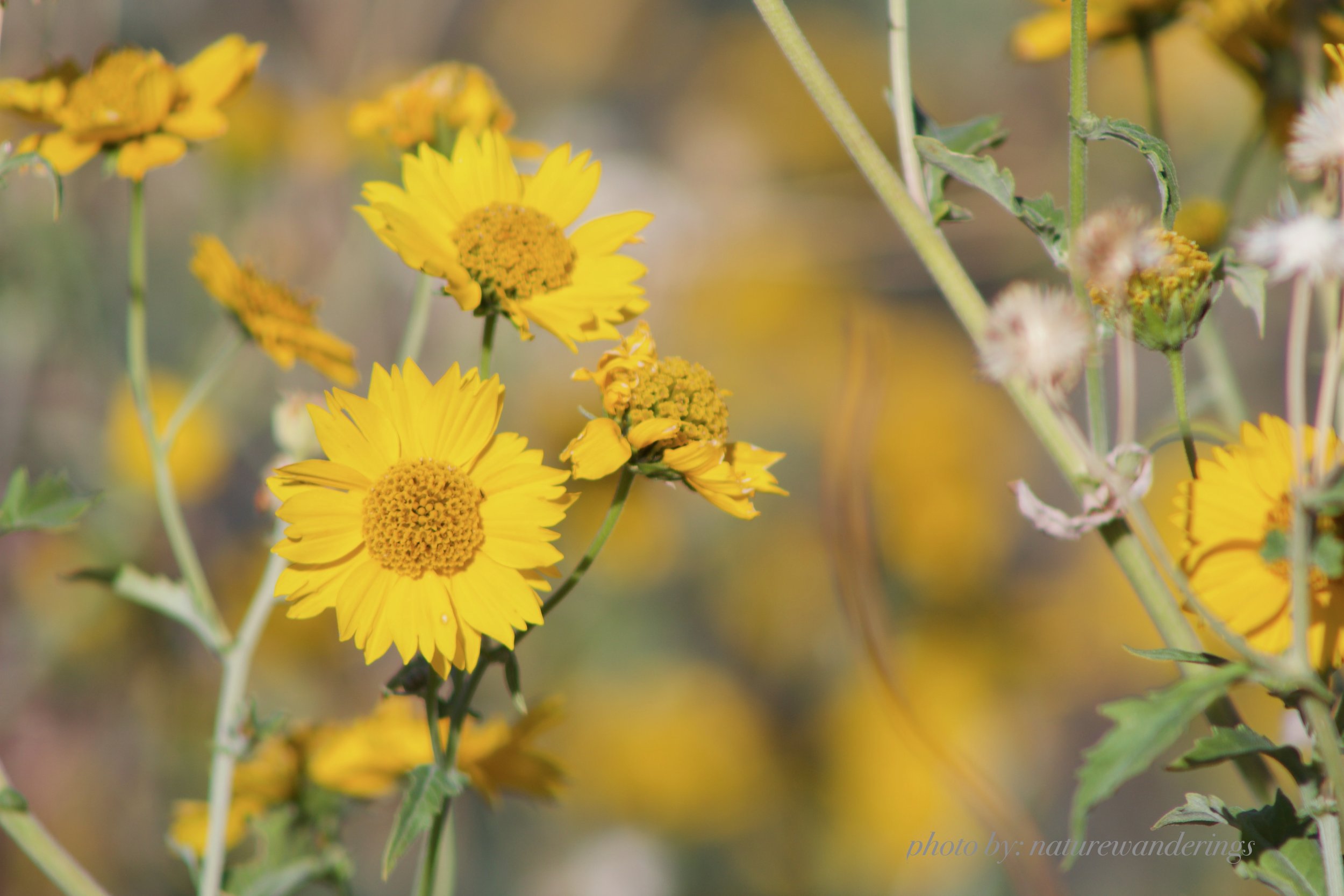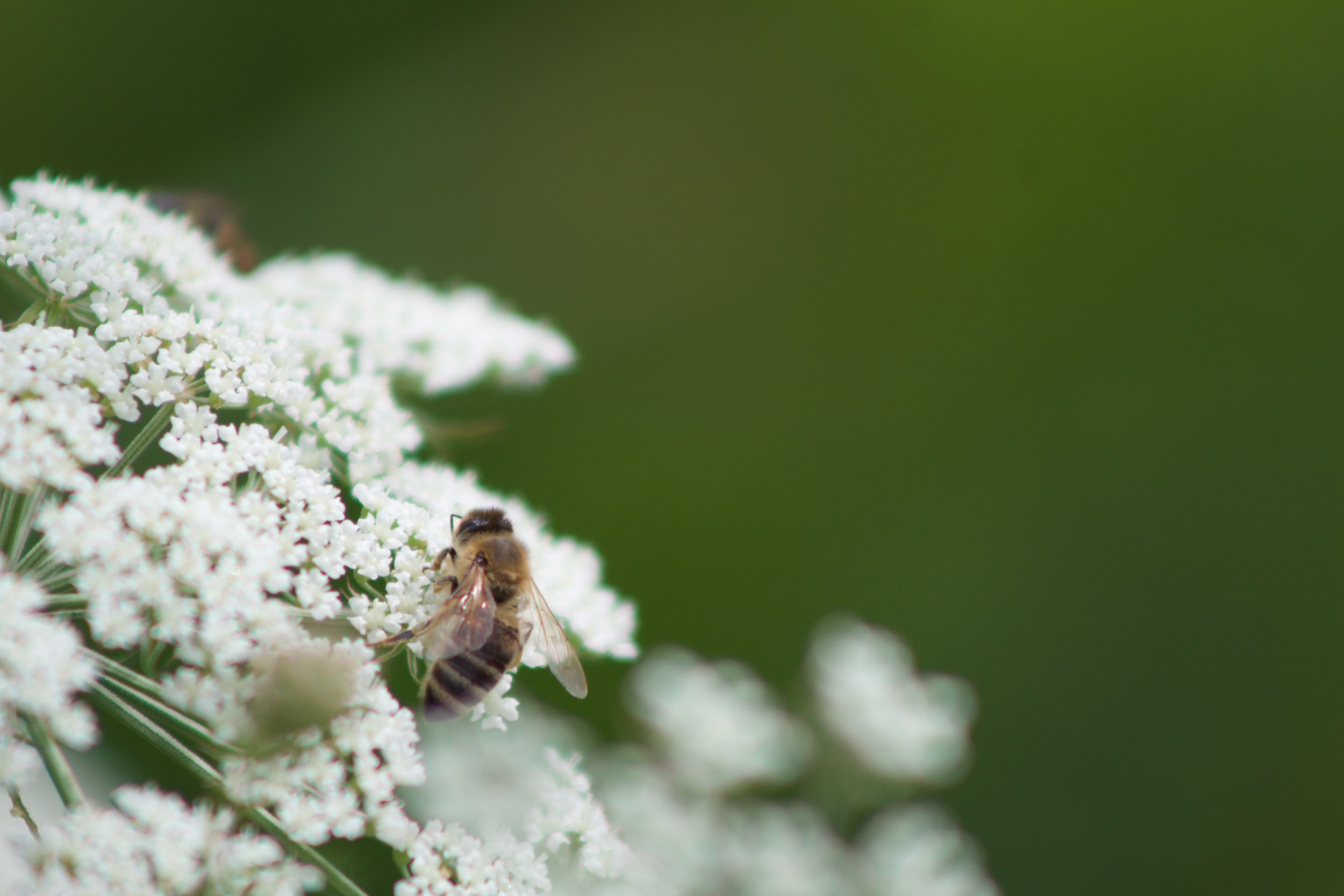A Cross-Country Wildflower Walk!
It’s spring, and wildflowers are starting to bloom! Join me on a walk across the United States to see beautiful wildflowers that will bloom throughout the summer. Some are blooming now, and we might need to wait a bit for others.
The first flower we see on our journey is the Lady's Slipper. This dainty beauty is an early bloomer in eastern forests. A member of the Orchid family, Lady’s Slippers can be pink or yellow and provide a refreshing burst of color on the forest floor.
Pay close attention as we walk through the eastern forests as there can be easy to miss flowers pushing through the leaves of the forest. This Trout Lilly is easy to miss as it only blooms during April and May.
Another easy-to-miss flower is the eerily beautiful Ghost Pipe. Found in the deep shade, this unique flower is entirely white and lacks chlorophyll, which makes plants green and is responsible for photosynthesis. The Ghost Pipe gets nutrients from tree roots by partnering with mycorrhizal fungi. Look for this special flower throughout the summer.
Mountain Laurel shows off its pretty blooms mid-May through July on mountains and hillsides throughout the eastern United States. As an evergreen, this plant provides important shelter to birds. During the winter, Mountain Laurel provides much-needed nourishment for deer, black bears, and rabbits.
As we start our journey across the country, we see a bright, sunny flower that seems to be able to grow everywhere in the Midwest and West - Curley-leafed gumweed. Often seen growing along the roadside, this bloomer thrives on land that has been disturbed. Blooming into the fall, Curley-leafed gumweed is important for pollinators as they prepare for the winter.
Wandering along the ponds of the Upper Midwest, let’s stop and admire the beautiful purple Joe-Pye Weed. Growing along damp meadows and wetlands throughout the Midwest and Northeast, and south along the Appalachian Mountains, this bright, tall flower adds a bright pop of color to the shoreline. Deer do not seem to enjoy this colorful flower, but insects and butterflies find it irresistible! Joe-Pye Weed’s strong root system helps stabilize the pond's shores.
Growing alongside the Joe-Pye Weed in the wetlands and the Curly-Leafed Gumweed in the disturbed ground is the unique-looking Jewelweed. Starting new each year, this annual flower blooms in summer, and its trumpet-shaped flowers stay around until frost. A favorite of hummingbirds, bees, and butterflies, the Jewelweed self-sows each year when its fruit is ripe by exploding its seeds onto the ground with the slightest touch!
Before we leave the upper Midwest, let’s not overlook the sweet lowbush blueberry flower. Blueberries may not immediately come to mind when thinking of wildflowers, but they are worth a look! To get the tasty summertime treat loved by humans and wildlife, the blueberry plant attracts bumble bees to its tiny white bell-shaped flowers. By late June, the flowers will be replaced by the sweet fruit.
The final leg of our journey is the beautiful Southwest! The high desert's flowers must be tolerant of the extreme conditions - hot, dry summers, monsoons, and windy, cold winters.
The Apache Plume is a beautiful flower that starts with a white blossom resembling a rose. As the season progresses, the flowers become this beautiful seed head that gently waves in the breeze. The Apache Plume grows on a small shrub whose foliage provides much-needed shade for desert critters.
As we continue on our wildflower walk, we notice these beautiful yellow flowers. Rubber Rabbitbrush grows throughout the Western half of the United States. Here in the Southwest, the bright yellow flowers contrast beautifully against the red rock and green sage. Blooming from August to October, the Rubber Rabbitbrush provides insects with a source of pollen late into the fall.
A wildflower walk through the southwestern desert is not complete without the stunning white flowers of the Saguaro cactus! These short-lived flowers (they bloom for less than 24 hours!) are pollinated by bats during the night and bees and birds during the day. Blooming during May and June, the flowers fade, and then a bright red fruit will appear.
The blossom of the Prickly Pear cactus also makes itself known in May and June. Growing up to 5 feet tall, the Prickly Pear makes a convenient home for the desert pack rat. Taking advantage of the protection of the thorns, the pack rat will build a den at the base of the cactus. Like the Saguaro cactus, the Prickly Pear will also produce a wonderful fruit that humans and wildlife love.
As we finish up our journey to the Southwest, let's take a look at the Golden Crownbeard. Blooming from April to October, the Golden Crownbeard brightens up the landscape from spring to fall. The long-lasting flowers of this drought-tolerant plant provide nourishment for native bees.
I hope you have enjoyed this cross-country wildflower walk! Native wildflowers are a beautiful sight and a vital part of the food chain. They attract native pollinators, who then in turn pollinate our crops. Wildflowers also provide nourishment and shelter to a wide range of critters.
Research what wildflowers are native to your area and start your own wildflower garden - nature will thank you!
